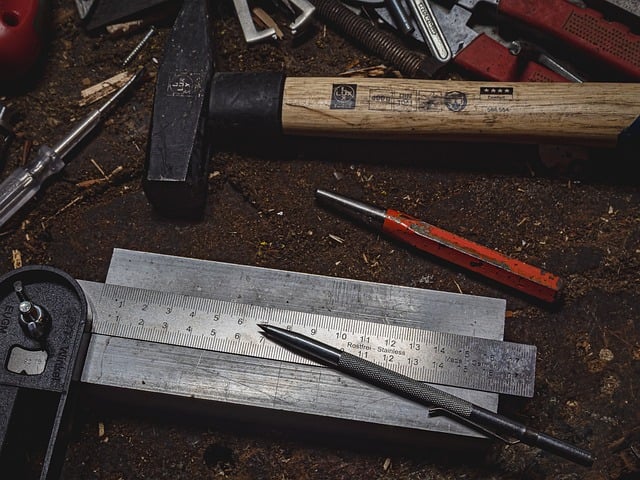
What is a Coping Saw?
The coping saw is a specialized hand tool that many woodworkers and DIY enthusiasts cherish for its ability to make intricate cuts with precision. With a thin, flexible blade held in a U-shaped frame, this tool is particularly adept at navigating curves and corners, making it a go-to for detailed woodworking projects. Whether you're crafting furniture or trimming moldings, the coping saw can be an invaluable addition to your toolkit. 🛠️
Why Use a Coping Saw?
While power tools have their place, the coping saw offers a unique set of advantages that make it worth considering. Here are a few reasons why woodworkers often reach for this tool:
- Precision: The coping saw allows for fine control, enabling you to make intricate cuts that might be difficult with larger power tools.
- Versatility: It can handle a variety of materials, from softwoods to hardwoods, and even some plastics.
- Portability: Lightweight and easy to carry, it’s perfect for on-the-go projects or tight spaces.
- Cost-Effective: Compared to many power tools, coping saws are relatively inexpensive, making them accessible for hobbyists and professionals alike.
How to Use a Coping Saw
Using a coping saw might seem daunting at first, but with a bit of practice, it can become second nature. Here’s a simple step-by-step guide to get you started:
- Choose Your Blade: Select a blade that suits your project. Fine-toothed blades are great for intricate cuts, while coarser blades work well for thicker materials.
- Secure Your Workpiece: Make sure the wood is firmly clamped down to prevent movement while cutting.
- Mark Your Cut: Use a pencil to outline the shape you want to cut. This will serve as your guide.
- Start Sawing: Insert the blade into the coping saw and begin cutting along your marked line. Take your time and let the saw do the work.
- Finish Up: Once you’ve made your cut, smooth any rough edges with sandpaper for a clean finish.
Tips for Mastering the Coping Saw
Like any tool, mastering the coping saw takes practice. Here are some helpful tips to improve your technique:
- Practice on Scrap Wood: Before tackling your main project, spend some time practicing on scrap pieces. This will help you get a feel for the saw.
- Maintain Your Blades: Keep your blades sharp and replace them when they become dull to ensure smooth cuts.
- Use Steady Pressure: Apply consistent pressure while cutting, but avoid forcing the saw. Let it glide through the material.
- Experiment with Angles: Don’t be afraid to try different angles and techniques to find what works best for you.
Conclusion
The coping saw is a timeless tool that continues to find its place in modern woodworking. While it may take a little time to master, the satisfaction of creating beautiful, intricate pieces is well worth the effort. Whether you’re a seasoned woodworker or just starting your DIY journey, consider adding a coping saw to your collection. Happy sawing! ✨

















 The Wild World of the Detroit Tigers! 🐅⚾
The Wild World of the Detroit Tigers! 🐅⚾ 
 Health
Health  Fitness
Fitness  Lifestyle
Lifestyle  Tech
Tech  Travel
Travel  Food
Food  Education
Education  Parenting
Parenting  Career & Work
Career & Work  Hobbies
Hobbies  Wellness
Wellness  Beauty
Beauty  Cars
Cars  Art
Art  Science
Science  Culture
Culture  Books
Books  Music
Music  Movies
Movies  Gaming
Gaming  Sports
Sports  Nature
Nature  Home & Garden
Home & Garden  Business & Finance
Business & Finance  Relationships
Relationships  Pets
Pets  Shopping
Shopping  Mindset & Inspiration
Mindset & Inspiration  Environment
Environment  Gadgets
Gadgets  Politics
Politics 